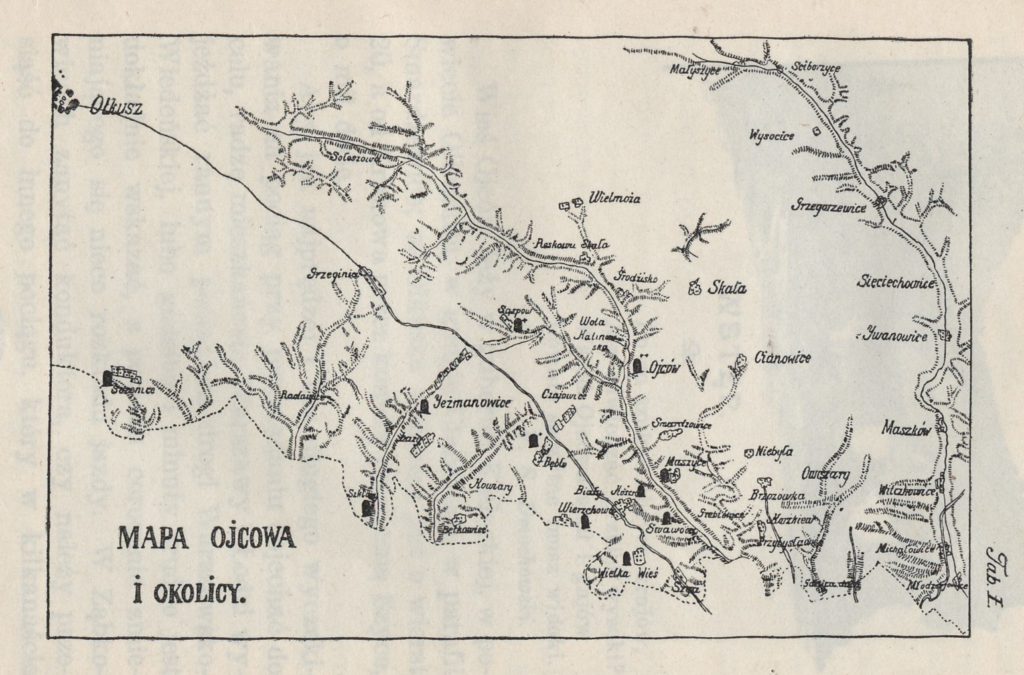Cracow-Częstochowa Upland, and among them caves of Sąspowska Valley, was object of research already in XIXth century. Search for artifacts in caves was conducted by owner of Ojców Jan Zawisza in 1871-1881 but it was mainly focused on caves Wiechowska Dolna i Górna, which are situated in Bętkowska Valley. A person that influenced a lot, and not in good way, archaeological investigation that would come later was Oskar Grube. He was not a researcher or person interested in relics of the past but rather a clever businessman. He took out sediments out of caves and sold it as a fertilizer. Soil from caves was sieved and separated from stones. One of the caves partly destroyed by this practice was Koziarnia cave. Ferdynand Römer, geologist form University of Wrocław found out about this, contacted Grube and obtained access to artifacts and bones that were yet not lost. Later he published report on research conducted on acquired materials as well as description of the caves. A the same time in the area of Ojców worked Gotfryd Ossowski, send by Cracow Academy of Skills . He conducted research in caves and was first to take notice of the context of discovered artefacts and made a description of sediments. Nonetheless, none of sites explored by him were located in Sąspowska Valley.

In 1899 Stanisław J. Czarnocki published a paper in which he described topographically all the caves near Prądnik that were known at this time. He listed: Sąspowska Wschodnia and Zachodnia Caves, Koziarnia, Niedostęppna, Wylotne, Pustelnia, Krakowska, Biała, Zbójecka, Łokietka (Królewska). Later similar descriptions were made by others, i.e. Włodzimierz Demetrykiewicz.
More precise analyses of cave sediments in the caves around Ojców started Stefan Krukowski, but it was Waldemar Chmielewski who really changed things. His research was lead with a clear goal in mind, by analysing one microregion he wanted to expand knowledge about th whole region, and indirectly about prehistory in Poland. It was supposed to be a thorough research conducted in one place, that later would serve to make generalisations concerning a larger territorial unit. W. Chmielewski’s excavations were lead in cooperation with geologist prof. Teresa Madeyska, and their course precisely documented.






